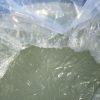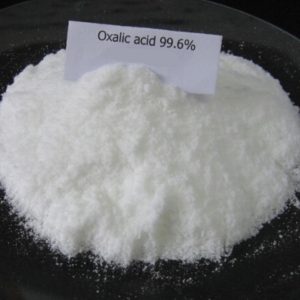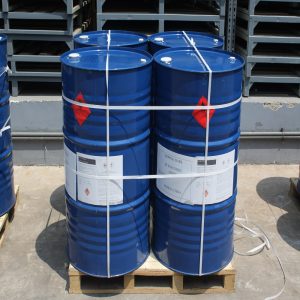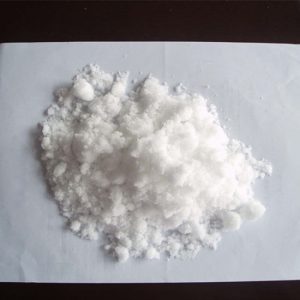Description
You’ve likely seen it on the back of your shampoo, body wash, or even your dish soap: Sodium Laureth Sulfate, often abbreviated as SLES. This ubiquitous ingredient is a key player in creating the foamy, cleansing experience we’ve come to expect. But what exactly is SLES, and why has it become such a point of discussion? Let’s delve into the world of Sodium Laureth Sulfate.
What is Sodium Laureth Sulfate?
Sodium Laureth Sulfate is a type of surfactant, which is a fancy word for a compound that reduces the surface tension of a liquid. This allows the liquid to spread more easily, and importantly, it helps water to mix with oil and dirt. In simple terms, SLES is responsible for the bubbles and the cleaning power in many of our favorite personal care and household products.
Here’s a breakdown of its key characteristics:
Surfactant: As mentioned, SLES is exceptional at cleaning by lifting away dirt and oil from surfaces.
Foaming Agent: It creates the rich, bubbly lather that we associate with a good cleansing experience.
Emulsifier: SLES helps to blend oil and water-based ingredients together, creating a more stable and consistent product.
Cost-Effective: It’s relatively inexpensive to produce, making it a popular choice for manufacturers.
How is SLES Made?
SLES is derived from a process involving ethoxylation, which means adding ethylene oxide to an alcohol, in this case, lauryl alcohol, often sourced from coconut or palm oil. This process gives SLES its unique properties as a powerful cleaning and foaming agent.
Where Do You Find SLES?
SLES is incredibly versatile and can be found in a wide array of products, including:
Shampoos and Conditioners: It’s a cornerstone ingredient for effective hair cleansing.
Body Washes and Soaps: SLES provides lather and cleaning power for the skin.
Facial Cleansers: It’s used to remove makeup and impurities from the face.
Toothpaste: SLES helps distribute the ingredients and produce a foaming action.
Dish Soaps and Laundry Detergents: Its cleaning ability translates well to household cleaning products.
Various Industrial Cleaners: It’s used in a variety of cleaning formulations.
The Controversy: Is SLES Safe?
While SLES is widely used, it’s also become a subject of debate. Concerns mainly revolve around:
Skin Irritation: Some individuals, particularly those with sensitive skin, may experience dryness, redness, or itching after using products containing SLES. This is often due to its degreasing properties, which can strip the skin of its natural oils.
Contamination Concerns: The ethoxylation process can sometimes lead to trace amounts of a byproduct called 1,4-dioxane. The concern stems from the potential carcinogenic properties of this compound, although manufacturers take steps to minimize this risk through purification.
Environmental Impact: The production of SLES can have an environmental footprint, particularly when sourced from unsustainable palm oil.
The Counter-Argument: SLES is Generally Deemed Safe
Despite these concerns, numerous scientific studies have deemed SLES relatively safe for use in personal care products. Here’s the other side of the argument:
Low Concentrations: SLES is typically used in low concentrations in consumer products, reducing the likelihood of skin irritation.
Rinsed-Off Products: Most SLES-containing products are rinsed off the skin, limiting prolonged exposure and reducing the chance of irritation.
Stringent Regulations: Regulatory bodies like the FDA and the European Commission have evaluated SLES and approved its use within specified concentration limits.
Purification Processes: Stringent manufacturing processes ensure that the levels of potential contaminants like 1,4-dioxane are extremely low, often within safe limits.
So, Should You Avoid SLES?
The answer depends heavily on your individual circumstances. For most people, using products with SLES poses minimal risk. However, if you have sensitive skin or are prone to irritation, you may want to:
Look for Alternatives: Consider products formulated with gentler surfactants, such as Sodium Cocoyl Isethionate or Coco Glucoside.
Patch Test: Before using a new product, apply a small amount to a discreet area of your skin to test for any reaction.
Pay Attention to Your Skin: If you notice dryness, redness, or itching, discontinue use of the product and seek alternatives.
Conclusion
Sodium Laureth Sulfate is a powerful and effective ingredient that plays a vital role in the production of many everyday products. While it has faced some controversy regarding skin irritation and potential contaminants, scientific evidence suggests it is generally safe for most people when used as directed. Ultimately, understanding the pros and cons of SLES allows you to make informed choices about the products you use, tailored to your unique needs and preferences. Whether you choose to embrace the suds or explore gentler alternatives, knowledge is key to making the best decisions for your health and well-being.










Reviews
There are no reviews yet.